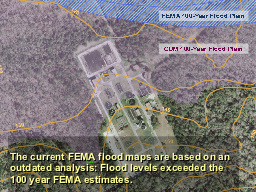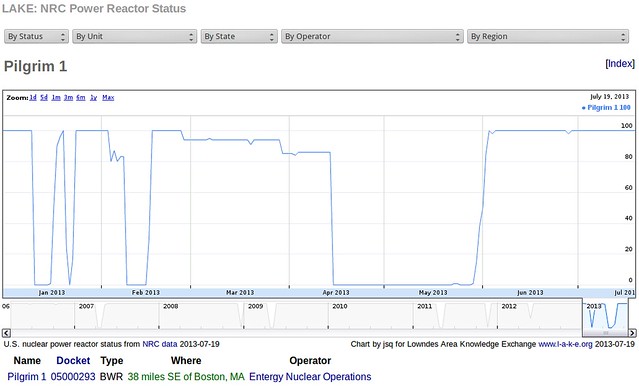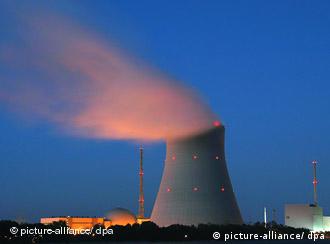 The City of Valdosta press release was carried by WCTV and VDT,
and WALB interviewed Mayor John Gayle again.
Lowndes County at least managed to update its front page.
Last year
crossover day was March 7th,
when bills cross from one chamber to another.
I don’t know when it will be this year, with all the holidays
and weather closings, but probably not long after the rescheduled
Bird Supper, if not before.
The City of Valdosta press release was carried by WCTV and VDT,
and WALB interviewed Mayor John Gayle again.
Lowndes County at least managed to update its front page.
Last year
crossover day was March 7th,
when bills cross from one chamber to another.
I don’t know when it will be this year, with all the holidays
and weather closings, but probably not long after the rescheduled
Bird Supper, if not before.
LOWNDES COUNTY BIRD SUPPER—Tickets on sale now!
BIRD SUPPER RESCHEDULED – March 5
Continue reading







